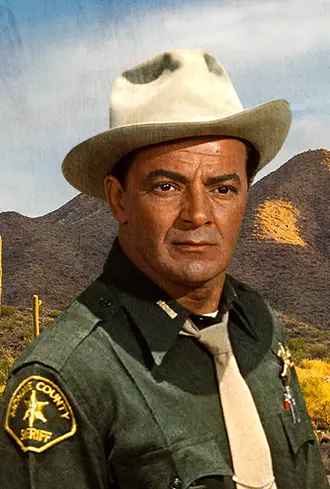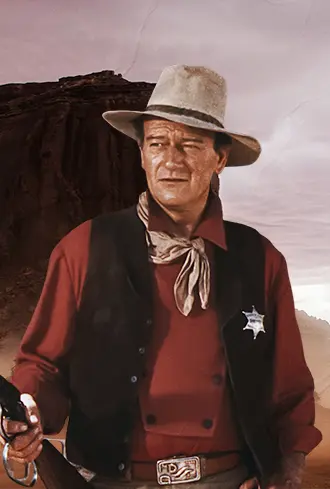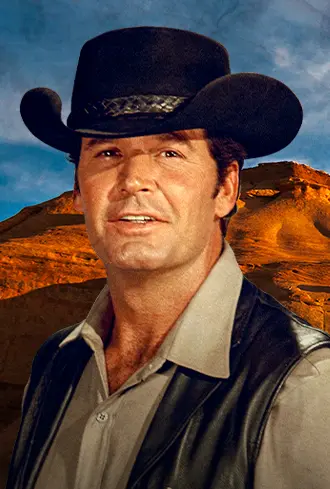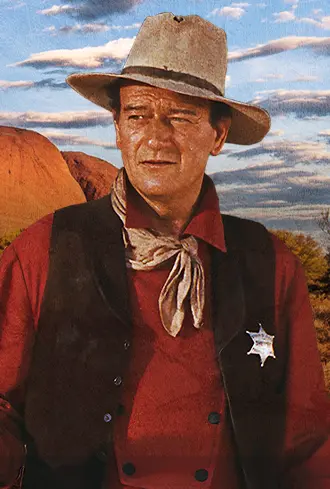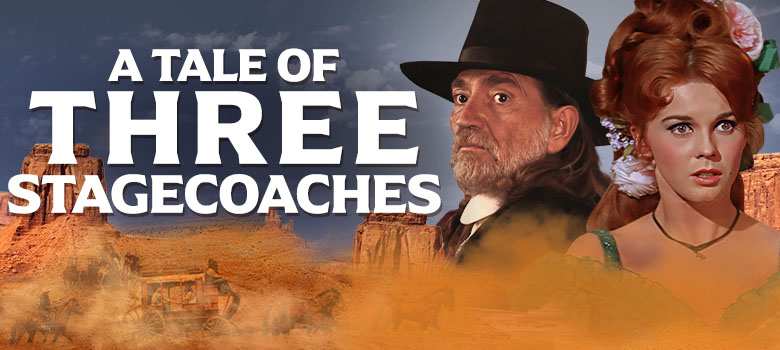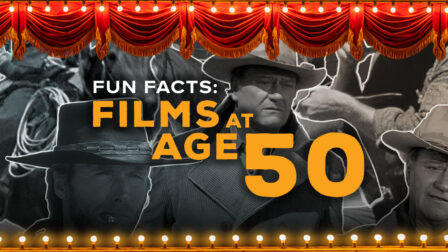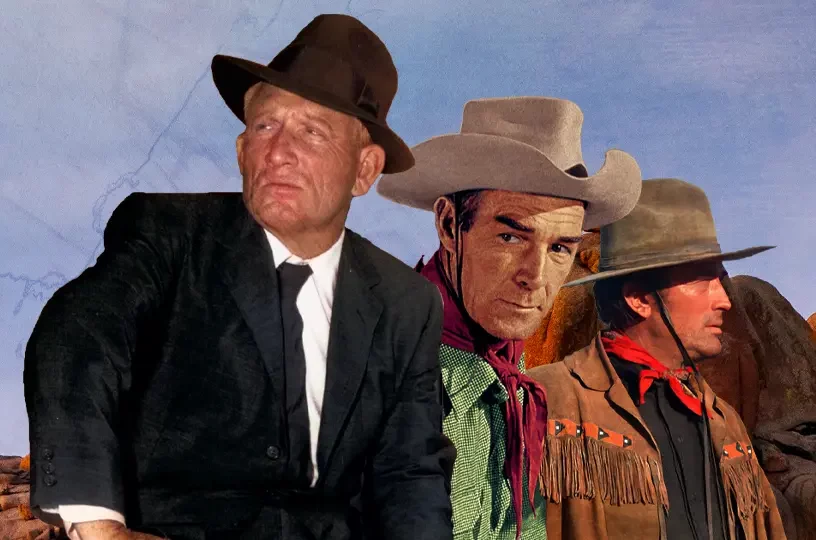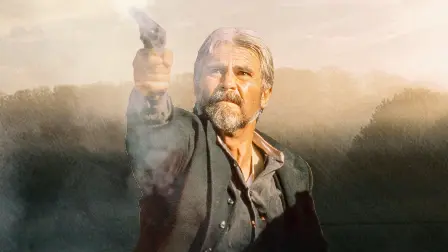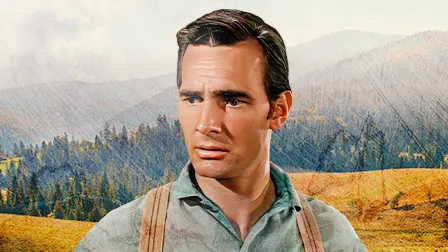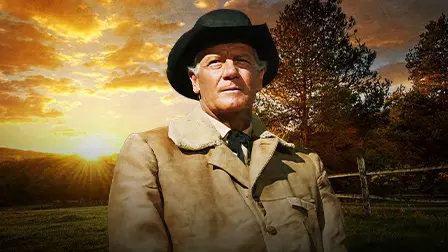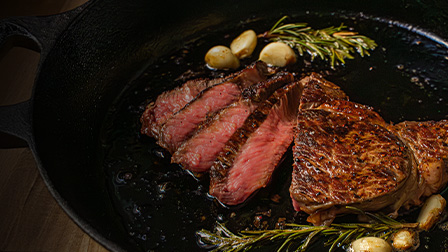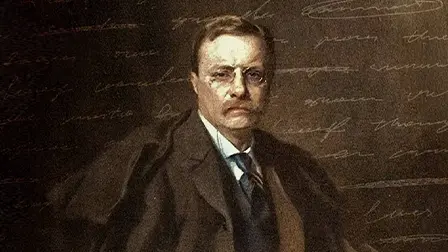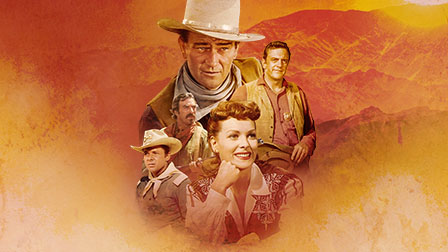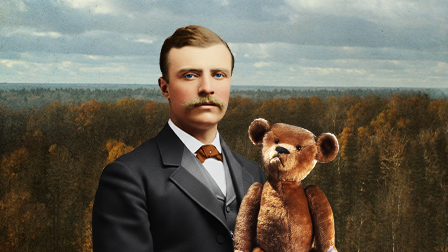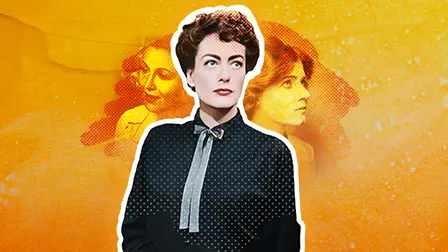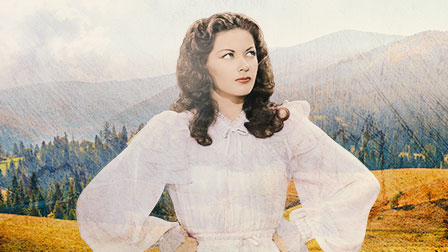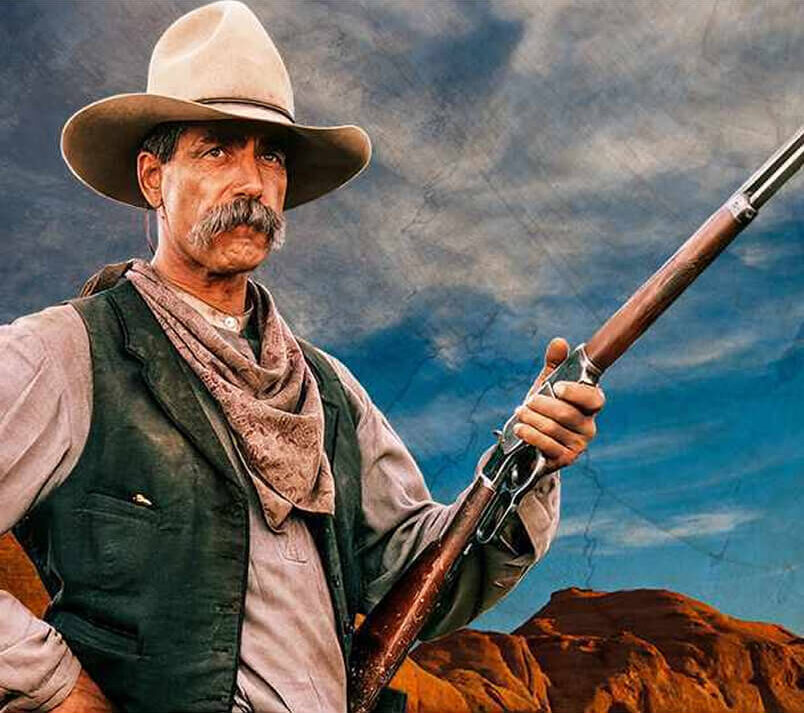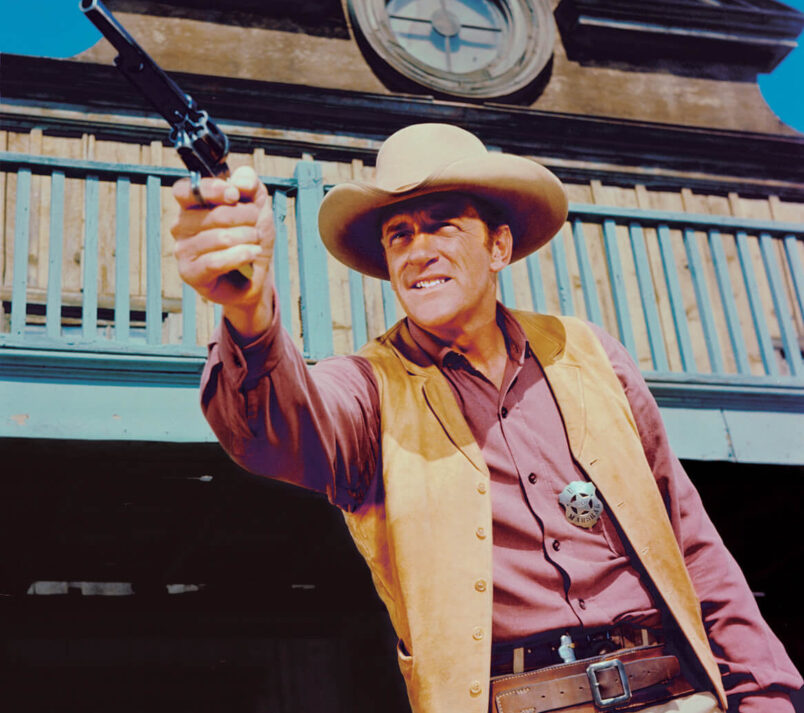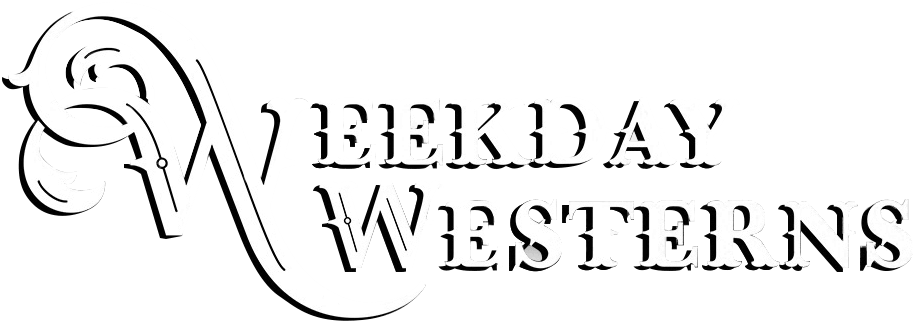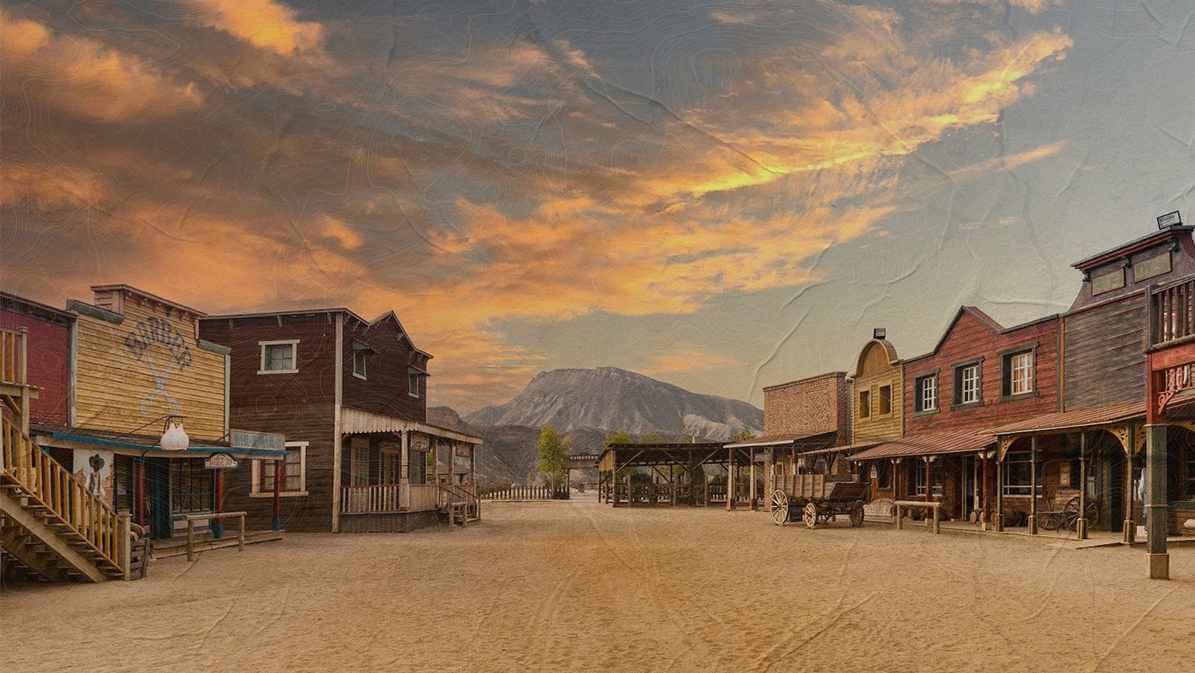Stagecoach II and III
“WHY?”
That single word was the entirety of the telegram John Ford sent to Gordon Douglas on July 5, 1965—the day Douglas began directing his remake of Ford’s 1939 classic, Stagecoach. It was a good question: how could he expect to top the original? Well, Douglas, a longtime friend of Ford’s with an impressive 42-year directorial career, had two technological advances that Ford had not: Technicolor instead of black & white, and Cinemascope instead of a practically square image. Douglas and cinematographer William H. Clothier—a Ford and Wayne veteran—took full advantage of the glories that color and widescreen gave them for a Western, shooting all over the spectacular mountains and forests of Colorado.
They also benefitted from the reputation of the original, which had turned John Wayne from a B-Western lead to one of film’s greatest stars. The original had been nominated for seven Oscars, won two, and garnered a level of critical respect a Western hadn’t seen since the silents.
 And there was the magnificent story. Screenwriter Joseph Landon, known for Rio Conchos and Von Ryan’s Express, based his script for the remake far more on Dudley Nichols’ 1939 screenplay than on the original story, Ernest Haycox’s “Stage to Lordsburg.” Nichols, himself a 1936 Oscar winner for Ford’s The Informer, had improved the story by creating a greater sense of urgency, adding an embezzling banker (Berton Churchill), and having Mrs. Mallory (Louise Platt), be pregnant. Ford also acknowledged inspiration from Guy de Maupassant’s “Boule de Suif,” about a group of coach passengers during the Franco-Prussian War, as well as Bret Harte’s tragic “The Outcasts of Poker Flat.” From the latter came the idea for two passengers: a drunkard (Thomas Mitchell) and a prostitute (Claire Trevor), both run out of town by reformers. It also inspired the threadbare nobility of the gambler (John Carradine).
And there was the magnificent story. Screenwriter Joseph Landon, known for Rio Conchos and Von Ryan’s Express, based his script for the remake far more on Dudley Nichols’ 1939 screenplay than on the original story, Ernest Haycox’s “Stage to Lordsburg.” Nichols, himself a 1936 Oscar winner for Ford’s The Informer, had improved the story by creating a greater sense of urgency, adding an embezzling banker (Berton Churchill), and having Mrs. Mallory (Louise Platt), be pregnant. Ford also acknowledged inspiration from Guy de Maupassant’s “Boule de Suif,” about a group of coach passengers during the Franco-Prussian War, as well as Bret Harte’s tragic “The Outcasts of Poker Flat.” From the latter came the idea for two passengers: a drunkard (Thomas Mitchell) and a prostitute (Claire Trevor), both run out of town by reformers. It also inspired the threadbare nobility of the gambler (John Carradine).
The cast of the 1966 remake was strong. Replacing Mitchell in his Oscar-winning role as Doc Boone was Bing Crosby—already an Oscar winner himself for Going My Way. As liquor salesman Peacock, Donald Meek was replaced by Sayonara Oscar-winner Red Buttons. As the Marshal, George Bancroft was replaced by Johnny Eager Oscar-winner Van Heflin. For Dallas, Key Largo Oscar-winner Claire Trevor was replaced by future double Oscar nominee Ann-Margret. And rounding out the cast were Stephanie Powers as Mrs. Mallory, future Mannix star Mike Connors as the gambler, Robert Cummings as the banker, Slim Pickens taking over from Andy Devine as stagecoach driver, Buck, and Alex Cord in the Wayne role of The Ringo Kid.
One additional advantage the remake had over the original was money. The 1939 Stagecoach was an indie with a tight budget. In stark contrast, the 1966 remake was a prestige 20th Century Fox ‘A’ production, with considerably more money allocated for locations, salaries, and shooting days.
Fox bought a thrilling score by Jerry Goldsmith (and Wayne Newton sings “Stagecoach to Cheyenne” over the end credits). Fox even hired legendary Americana artist Norman Rockwell to paint the poster. Rockwell himself appears in the film as a townsman.
More money went to the on-screen action, as well. While the original Stagecoach is loaded with tension and suspense—telegraph lines go dead after the one word “Geronimo” is received; a prayed-for stage stop is found burning—there’s no real action until 70 minutes in, with the spectacular seven-minute Apache-attacking-the- stagecoach sequence, followed by Ringo’s showdown with Luke Plummer (Tom Tyler).
In contrast, the remake’s action starts early and is truly ”in your face” from the moment an Army cook turns to a supply wagon and gets a tomahawk in the forehead. Crazy Horse’s braves’ attack on the soldiers is jarringly brutal and unflinching, culminating when a mounted Apache hooks a downed soldier with his lance and drags him into a fire. Next comes a saloon brawl where two soldiers kill each other over Dallas. And the ”Apache attack” in this version runs 10 minutes, followed by a much longer shootout between Ringo and Plummer (Keenan Wynn).
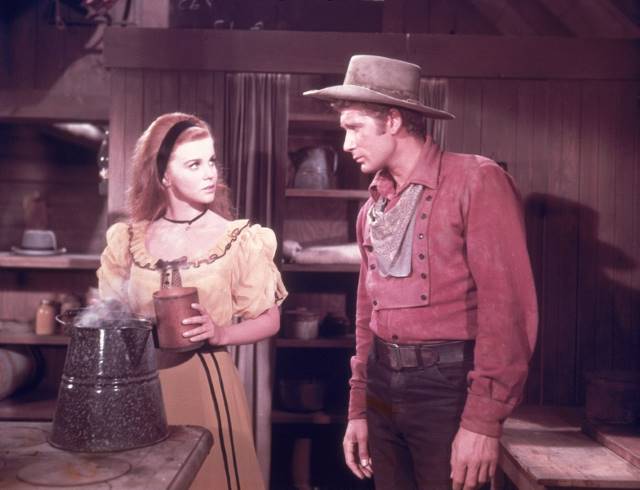 The downside is that the remake lacks subtlety. Story points that were slyly revealed in the original—such as the banker embezzling—are beaten to death in the retelling. Perhaps the biggest mistake was overhauling the relationship between Dallas and Ringo. Originally, Ringo, a prison escapee, was endearingly naive; he never imagines that Dallas is a prostitute. She falls hard for him and is sure his courtliness will disappear when he realizes she is. That’s why it’s so powerful when he walks her back to her ”crib,” but still wants to marry her. In the remake, Cord knows about Dallas immediately, because Ann-Margret never stops talking about her profession, which steals all the charm from the relationship.
The downside is that the remake lacks subtlety. Story points that were slyly revealed in the original—such as the banker embezzling—are beaten to death in the retelling. Perhaps the biggest mistake was overhauling the relationship between Dallas and Ringo. Originally, Ringo, a prison escapee, was endearingly naive; he never imagines that Dallas is a prostitute. She falls hard for him and is sure his courtliness will disappear when he realizes she is. That’s why it’s so powerful when he walks her back to her ”crib,” but still wants to marry her. In the remake, Cord knows about Dallas immediately, because Ann-Margret never stops talking about her profession, which steals all the charm from the relationship.
What’s more, just when you think the remake is ending, a new subplot appears. The banker hires Plummer to protect him from the law when the audience just wants to see Plummer dead and a quick happy ending. Finally, Alex Cord was a good actor, and he would go on to do very well in two later Westerns, but he just wasn’t John Wayne. It’s quite a nice Western if you haven’t seen the original.
Twenty years later, a re-remake was made, this time with a wonderful idea: to do Stagecoach as a big Western musical, cast with those icons of Country Music, The Highwaymen: Willie Nelson as the doctor, Kris Kristofferson as Ringo, Johnny Cash as the marshal, and Waylon Jennings as the gambler. Supporting roles were played by singers June Carter Cash and Jessi Colter (Mrs. Waylon Jennings), with John Schneider as Buck. British singer/actor/composer Anthony Newley was the liquor salesman, Anthony Franciosa was the banker, Bing’s daughter Mary Crosby was Mrs. Mallory, and Elizabeth Ashley played Dallas.
Ted Post, who had directed Hang ‘Em High and many episodes of Rawhide and Gunsmoke, agreed to direct because it was a musical, and in an unpublished interview, he recalls filming some musical numbers. But after over 35 years, memories vary. John Schneider recalls, “We weren't actually going to break out in [something like The Music Man’s “Ya Got] Trouble” in River City. All of us had written songs that [were] going to be our individual themes.” What is clear is that half the production money disappeared. Kris Kristofferson remembers, “It had a lot of trouble getting started, and we ended up in the stagecoach for most of it.” Adds Schneider, “The only one they wound up using was the ‘Stagecoach, stagecoach, rolling on to glory’, which was Willie's song.”
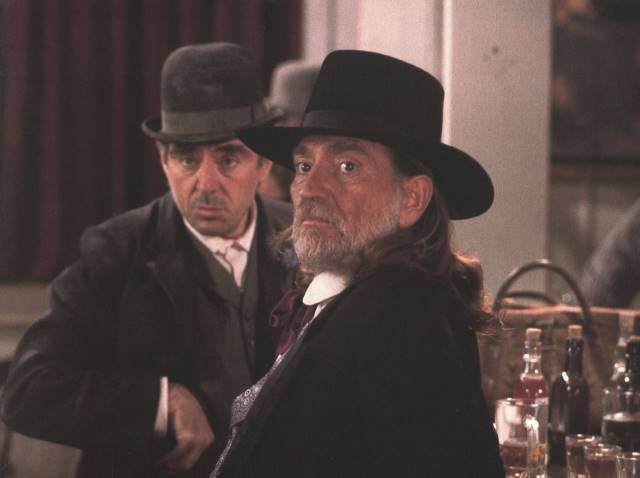 Someone got the bright idea of making Willie’s “Doc” into Doc Holliday. They decided to play for laughs the fact that he was a dentist, not an M.D., and Mrs. Mallory’s baby would be his first delivery. Not a bad idea on the surface, but they also kept the plot point that Holliday was dying of consumption. The idea of a tubercular alcoholic being forced to deliver a baby may have amused people on paper, but it’s cringe-worthy to watch.
Someone got the bright idea of making Willie’s “Doc” into Doc Holliday. They decided to play for laughs the fact that he was a dentist, not an M.D., and Mrs. Mallory’s baby would be his first delivery. Not a bad idea on the surface, but they also kept the plot point that Holliday was dying of consumption. The idea of a tubercular alcoholic being forced to deliver a baby may have amused people on paper, but it’s cringe-worthy to watch.
The appeal of having The Highwaymen together for the shoot-out with the Plummers is obvious. But Ringo having that much backup almost made you feel sorry for the Plummers. In retrospect, when they lost half the money, they might have been better off scrapping the movie and recording the soundtrack album. The best performances by far are by Waylon Jennings and John Schneider. In fact, John Schneider would arguably have made the best Ringo Kid since John Wayne.
The Norman Rockwell Connection: Artist and Movie Extra in Stagecoach (1966)!Slim Pickens’ daughter, Daryle Ann Giardino, remembers, “When they did Stagecoach, they got Norman Rockwell to do paintings of all the celebrities, portraits of them. And that was a big cast. Norman Rockwell's paintings were Americana, and he said he wanted to do dad first, because the other celebrities were celebrities, and Dad was just like a regular guy.” |
Let us know in the comments below...Which Stagecoach movie is your favorite...and why?
Suggest a Correction
We strive for accuracy and fairness. But if you see something that doesn’t look right, click here to contact us!

